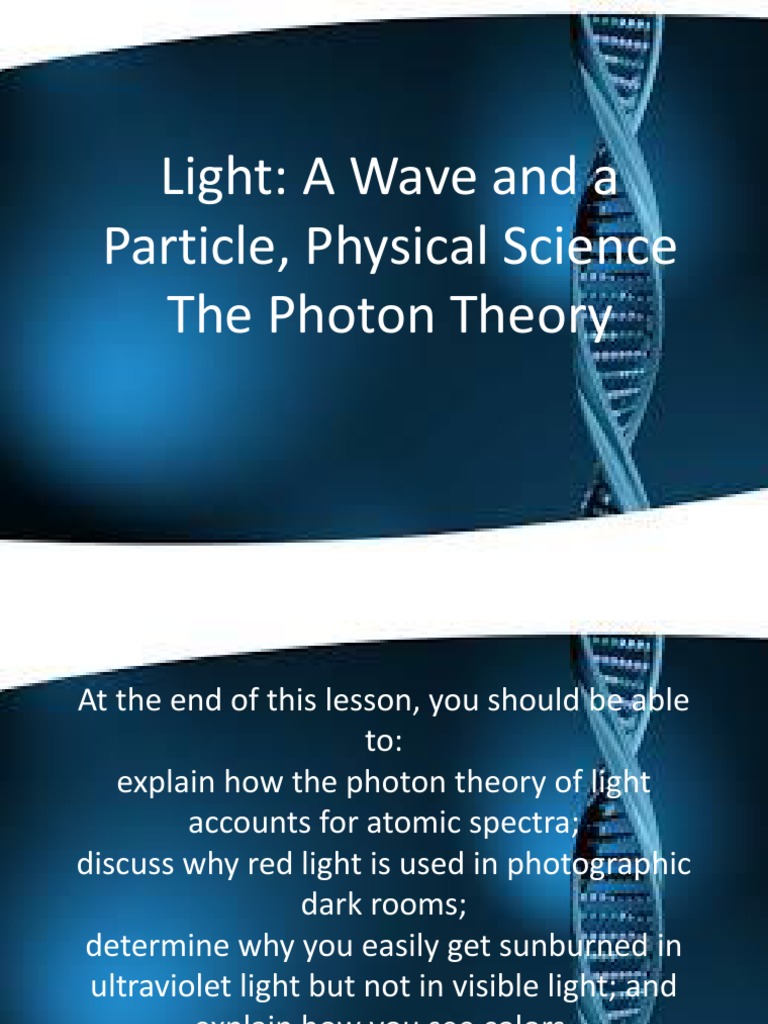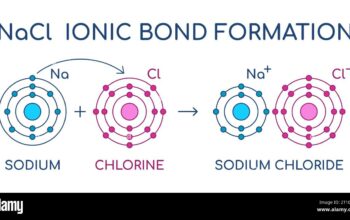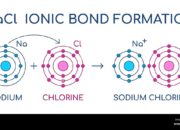The formation of atomic spectra is a captivating subject that elucidates the fundamental nature of atomic structure and the interaction of light and matter. This phenomenon is intricately tied to the principles of photon theory, a cornerstone of quantum mechanics. In its essence, atomic spectra arise from the transitions of electrons between discrete energy levels within an atom. The significance of these spectra lies not only in their ability to identify elements but also in their role in understanding atomic behavior under varying conditions.
At the heart of photon theory lies the concept of quantization. Electrons reside in specific energy levels, or orbitals, defined by quantum numbers. The energy associated with these levels is quantized, meaning electrons can only occupy certain discrete energy states. When an electron transitions between these levels, it either absorbs or emits a photon, a particle of light, corresponding to the difference in energy between the two states. This simple yet profound mechanism forms the basis for the complexity of atomic spectra.
One may categorize atomic spectra into three distinct types: emission spectra, absorption spectra, and continuous spectra. Each type showcases different aspects of atomic behavior and interaction with light, offering a comprehensive view of atomic characteristics.
Emission spectra are perhaps the most visually stunning representation of atomic spectra. When an atom is excited—often by thermal energy or electrical discharge—its electrons may gain enough energy to jump to higher energy levels. This process is transient; the excited state is unstable, and the electrons eventually return to their lower-energy states. During this transition, they release energy in the form of photons. The emitted light can be analyzed using a spectrometer, producing a spectrum characterized by distinct lines, known as emission lines, at specific wavelengths. Each line corresponds to a particular transition and is unique to the element, thereby serving as a fingerprint for elemental identification.
To appreciate the richness of emission spectra, we turn to the case of hydrogen, the simplest atom. When electrons transition from higher energy levels (n=3, for example) to a lower level (n=2), they emit visible light that manifests as distinct spectral lines in the Balmer series. These lines not only indicate the energy transitions but also affirm the quantized nature of atomic energy levels. The analysis of such spectra has profound implications, allowing astrophysicists to deduce not only the elemental composition of distant celestial bodies but also their physical conditions, such as temperature and density.
In contrast, absorption spectra manifest the opposite process. When light passes through a gas or a cloud of atoms, specific wavelengths may be absorbed when electrons are promoted from lower to higher energy levels. Each atom absorbs photons at characteristic wavelengths, leading to a spectrum that exhibits dark lines—absorption lines—superimposed on a continuous background spectrum. The pattern of these absorption lines provides critical insights into the elemental composition of the material through which the light has traveled. The absorption spectrum of an element is essentially the mirror image of its emission spectrum, demonstrating the intricate relationship between absorption and emission processes.
Taking this further, one might examine the implications of temperature on both emission and absorption spectra. At lower temperatures, atoms possess less kinetic energy, resulting in fewer excitation events and thus fewer emitted spectral lines. In contrast, at higher temperatures, increased energy results in a pronounced emission spectrum, often rich in lines, reflecting the diversity of transitions occurring among atomic states. Similarly, temperature influences absorption spectra; at extreme temperatures, the presence of ionized states may disrupt traditional absorption patterns, adding another layer of complexity to the interpretation of data.
Beyond these primary types, continuous spectra warrant discussion, though they involve different mechanisms typically associated with thermal radiation. When solids or dense gases are heated, they emit light across a continuous range of wavelengths, leading to a smooth spectral distribution. Blackbody radiation is an archetype of continuous spectra, serving as a fundamental concept in thermodynamics and quantum theory. While not directly tied to atomic transitions like emission or absorption spectra, the understanding of continuous spectra is essential for the broader context of spectral analysis.
In conclusion, the formation of atomic spectra through photon interactions is a multifaceted process that embodies the principles of quantum mechanics and the quantization of energy levels. Emission and absorption spectra provide critical information about the atomic and molecular composition of materials, while the context of temperature and density adds further richness to their interpretation. As researchers delve deeper into the realms of spectroscopy and quantum physics, the profound links between photon theory and atomic spectra will continue to unveil the intricacies of matter at its most fundamental level, paving the way for future discoveries in both applied and theoretical physics.












